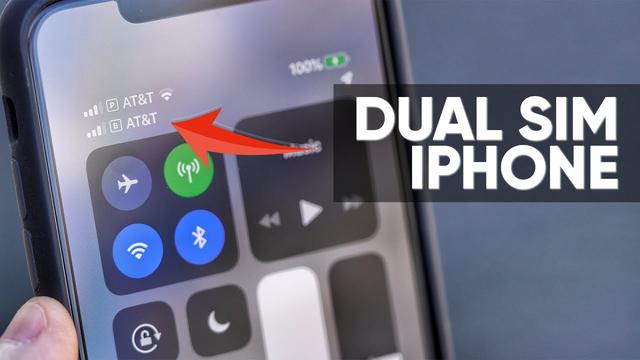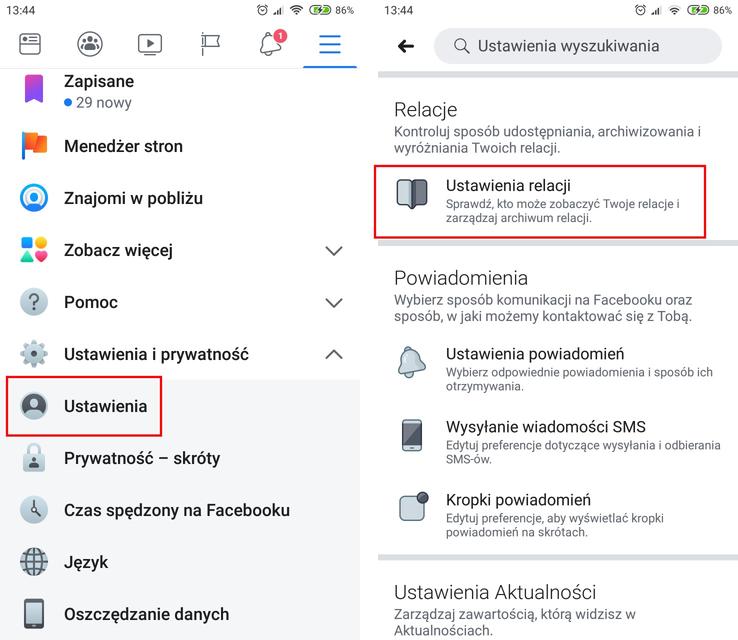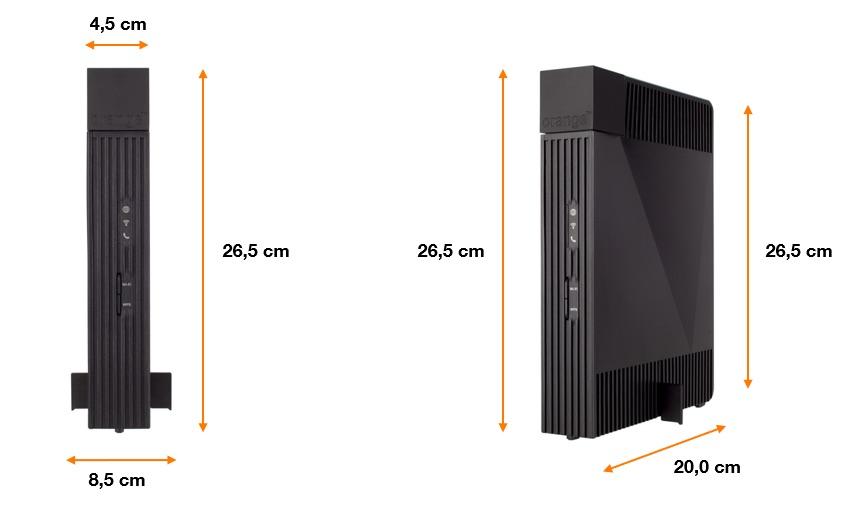DualSIM in new iPhones works in Dual Stand-by mode. This means that two cards are always active, but when there is a conversation on one of them, the incoming call on the other will be redirected to voicemail. Similarly, if the data transfer is not assigned to the card we are currently using, the transmission will be suspended during the call. As in most solutions of this type, Apple can give cards individual names, as well as set default cards for voice or data calls. You can also assign contacts to connect from individual cards, and when calling back, the card that was previously received or used last time will be used - of course, unless we decide otherwise.
Unfortunately, the "real" DualSIM, with two separate, physical cards, will only be available to buyers of the iPhone XS Max in China, Hong Kong and Macao. There will be a double slot for two nanoSIM cards one above the other. In other countries, a different solution will be used - combining one physical nanoSIM card with an eSIM card. The problem is that currently only 16 operators from 10 countries offer eSIM (including the global GigSky and Truphone networks). In Poland - we will not use this solution for now, but I suspect that it will soon be available to us. Looking at the list of operators currently offering eSIM, I bet that in Poland the priority will be T-Mobile. What's more, the eSIM card will be inactive at the time of the market launch of new models. It won't turn on until after updating to iOS 12 - but it's not been more specifically specified when. Apparently in the fall.

So - we have DualSIM, but as if we did not have it ... For this, you must remember that to use DualSIM fully, it is worth having an iPhone without operator locks. Otherwise, we would have to have both cards in the same network. If you buy a phone from the CDMA network (e.g. American Verizon or Sprint), the additional card will not support CDMA - but this is rather information for readers buying iPhones abroad.
I also wonder if the version available in China is structurally different from the global one. It is possible that due to the unification of production that reduces costs, double sockets and a place for eSIM will be in every phone - and depending on the region, only the drawer will be changed or the eSIM chip soldered on ... The rest - the software will take care of. It would be understandable - it is easier to build phones that do not differ in design, but only software. I would not be surprised if it were so, but the answer will come only after disassembling both variants of Apple smartphones and comparing their construction.


